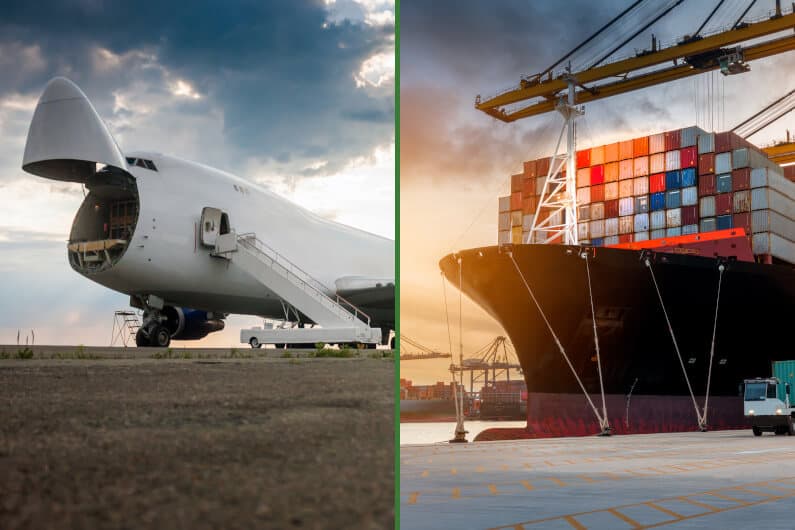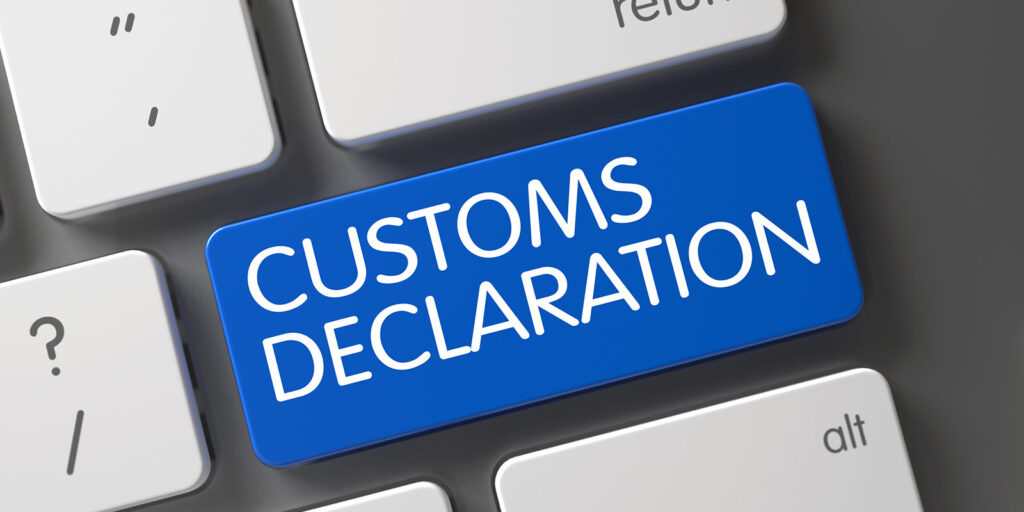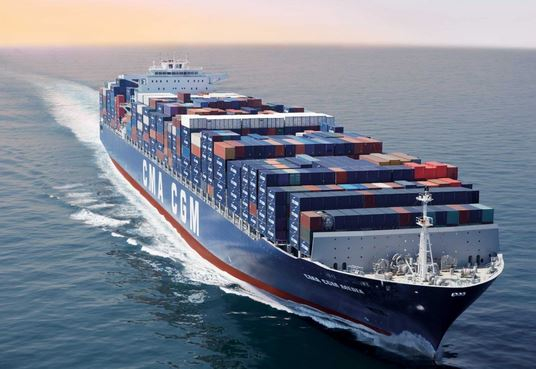Global trade between China and Australia continues to expand, with businesses seeking cost-efficient, reliable, and fast logistics solutions. Planning China to Australia shipping correctly can save importers time, reduce expenses, and ensure compliance with strict customs rules. This guide explains costs, shipping methods, transit times, customs documents, and real shipping cases.
What Are the Main Shipping Methods from China to Australia?
Shipping options vary depending on cargo size, urgency, and budget. Importers typically choose sea freight, air freight, courier, or rail-air multimodal.
| Method | Average Cost Level | Transit Time | Best For | Pros | Cons |
|---|---|---|---|---|---|
| Sea Freight | Lowest | 18–30 days | Bulk, full containers | Cheapest per unit | Longer transit |
| Air Freight | High | 3–7 days | Urgent, high-value goods | Fastest, reliable | Expensive per kg |
| Courier (DHL, FedEx) | Higher per kg | 5–10 days | Small e-commerce parcels | Door-to-door, tracking | Limited by weight/size |
| Rail-Air Combo | Medium | 12–18 days | Medium-volume goods | Balanced cost and speed | Limited routes availability |
📌Sea freight remains best for bulk cargo, while air and courier suit urgent shipments.

How Much Does China to Australia Shipping Cost?
Freight rates depend on container size, cargo type, and seasonal demand.
| Container Size | Average Cost (USD) | Typical Cargo | Route Example |
|---|---|---|---|
| 20GP | $2,150 – $2,400 | Furniture, textiles | Shanghai → Sydney |
| 40GP | $4,100 – $4,350 | Machinery, chemicals | Shenzhen → Melbourne |
| 40HQ | $4,200 – $4,600 | Electronics, mixed goods | Ningbo → Brisbane |
📌Importers can save by booking in advance and consolidating shipments.
How Long Does Shipping from China to Australia Take?
Transit time depends on mode and port of discharge.
| Route | Sea Freight Transit | Air Freight Transit | Courier Transit |
|---|---|---|---|
| Shanghai → Sydney | 18–22 days | 3–5 days | 6–8 days |
| Shenzhen → Melbourne | 20–24 days | 3–6 days | 5–7 days |
| Ningbo → Brisbane | 25–30 days | 4–7 days | 7–10 days |
📌Air freight ensures fastest delivery, while sea provides cost savings for large cargo.
What Customs Documents Are Required for Australia?
Importers must prepare accurate paperwork to clear Australian customs smoothly:
- Commercial Invoice
- Packing List
- Bill of Lading (or Air Waybill)
- Certificate of Origin
- Import Declaration
- HS Code classification
- Fumigation Certificate (if applicable)
Failure to provide documents leads to delays or penalties.

Should You Choose FCL or LCL for Sea Freight?
| Mode | Best For | Advantages | Disadvantages |
|---|---|---|---|
| FCL (Full Container Load) | Large volumes | Lower cost per unit, secure | Higher upfront cost |
| LCL (Less than Container Load) | Small shipments | Flexible, pay only for space | Higher per CBM cost, risk of delays |
📌FCL is ideal for consistent, large-volume trade, while LCL suits small importers.

What Are the Pros and Cons of Different Shipping Modes?
| Mode | Pros | Cons | Recommended Use Case |
|---|---|---|---|
| Sea Freight | Cheapest for bulk, wide coverage | Long transit, port congestion risk | Large-volume goods |
| Air Freight | Fastest, secure | Expensive per kg | Urgent shipments |
| Courier | Convenient, customs included | Costly, size limits | Small parcels |
| Rail-Air | Balanced cost/time | Limited schedules | Medium shipments |
Can Incoterms Impact China to Australia Shipping Costs?
Yes. Incoterms define cost responsibilities:
- FOB (Free on Board): Buyer pays ocean freight, seller covers local charges.
- CIF (Cost, Insurance, Freight): Seller pays freight and insurance until Australian port.
- DDP (Delivered Duty Paid): Seller covers freight, duties, and delivery until buyer’s doorstep.
Correct Incoterm selection prevents unexpected charges.

Real Case Examples of China to Australia Shipping
Case 1 – Sea Freight (FCL)
- Route: Shanghai → Sydney
- Cargo: 1×40HQ of home furniture
- Cost: $4,400
- Transit Time: 23 days
- Mode: Sea FCL
- Result: Cost-efficient for bulky goods, but required warehouse storage
Case 2 – Air Freight
- Route: Shenzhen → Melbourne
- Cargo: 1,200 kg electronics
- Cost: $9,200
- Transit Time: 5 days
- Mode: Air Freight
- Result: High cost, ensured fast launch of new product line
Do Seasonal Trends Affect China to Australia Shipping Costs?
Yes. Peak demand before Chinese New Year and Christmas raises rates by 15–25%. Importers save by shipping during off-peak seasons.
What Taxes and Duties Apply When Importing to Australia?
- Customs Duty: Based on HS Code, generally 5%.
- GST: 10% applied to CIF value (goods + freight + insurance).
- Other Charges: Quarantine inspection fees for restricted items.
Summary: Accurate duty calculation avoids unexpected costs.
Why Work with a Freight Forwarder for China to Australia Shipping?
Freight forwarders simplify trade by:
- Negotiating competitive rates
- Coordinating suppliers and carriers
- Preparing customs documents
- Managing inland trucking and warehousing in Australia
They reduce risks and ensure compliance.
Conclusion
China to Australia shipping offers multiple choices, from cost-effective sea freight to urgent air freight and flexible courier solutions. Careful planning reduces costs, ensures compliance, and avoids delays. Importers benefit from comparing methods, using forwarders, and scheduling during off-peak seasons. Contact us today for expert support with your China to Australia shipping needs.
- Consult TJ China Freight Forwarding for the lowest quote. They will provide you with reliable, cost-effective service.
FAQs
Q1.What is the cheapest way to ship small parcels from China to Australia?
LCL sea freight from China to Australia offers the lowest cost solution for small and medium importers.
Q2.How fast is express courier shipping from China to Australia?
Courier services like DHL or FedEx deliver parcels from China to Australia in about 5–10 business days.
Q3.Do I need an Australian importer number for shipping from China?
Yes, an ABN or importer ID is required for customs clearance of goods shipped from China to Australia.
Q4.How can e-commerce sellers manage China to Australia shipping efficiently?
E-commerce sellers use courier shipping from China to Australia for fast door-to-door delivery and simplified customs.
Q5.Are subsidies available for rail-air multimodal shipping from China to Australia?
Some routes offer government-backed incentives for multimodal freight shipping from China to Australia.

